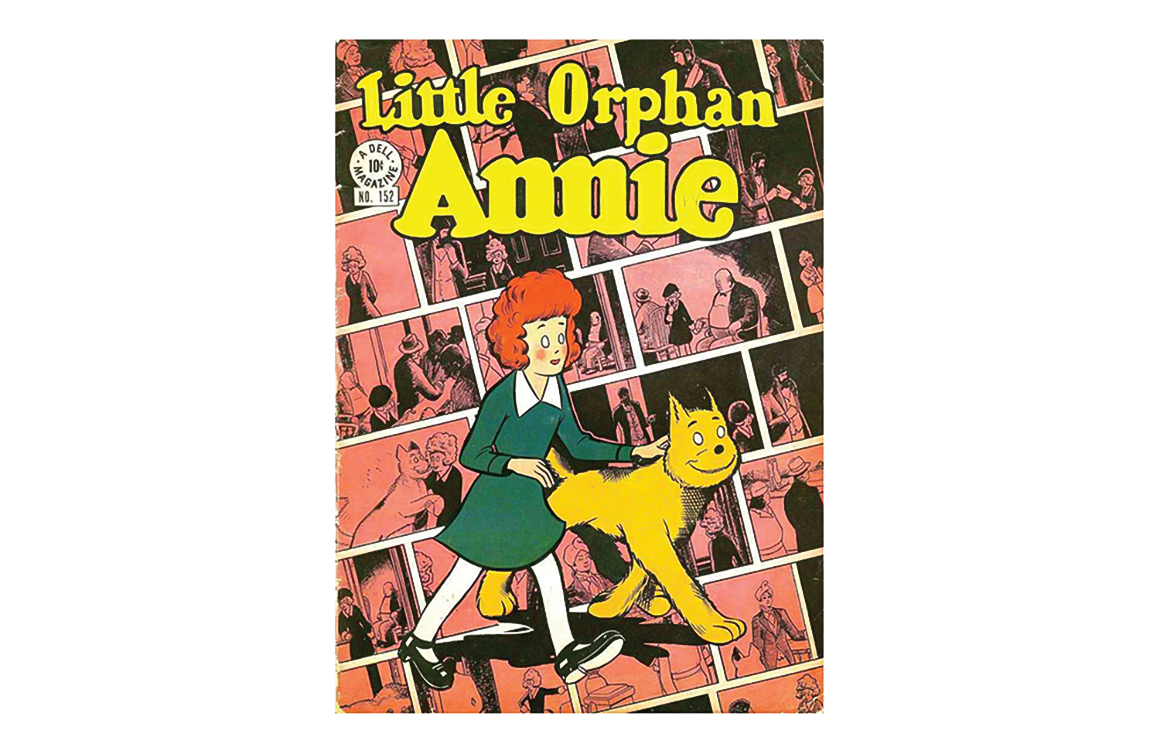Funny Girls analyzes the creation and evolution of five young female characters: Little Orphan Annie, Nancy, Little Lulu, Little Audrey, and Li’l Tomboy. What enticed you to focus on these five characters?
I didn’t initially set out to write a book on this topic. I wrote several essays and articles about these comics and strips and realized that very little academic study had been focused on young female protagonists from comics and strips from the first half of the 20th century. The idea for the book came about organically from my other work. It was a happy discovery.

You write about young female protagonists being overlooked in academia. Why do you think that happens?
It’s the same reason that women and girls are overlooked in many facets of our society, including politics and business. I hate to go to that place of the patriarchy, but we live in that world. Females are often sidelined and seen as secondary. It’s not atypical.
The reason why these titles were published in the first place varies. Li’l Tomboy was created to capitalize on the fact that there were few female-led comics for girl readers. Little Lulu was an expression Marjorie Henderson Buell’s younger self (although Little Lulu is not autobiographical). Harold Gray created Little Orphan Otto. It was Gray’s editor at the Chicago Tribune who said, “Put a skirt on him and we’ll call him ‘Little Orphan Annie'” in part because the market was oversaturated with boy characters.

Comics were (and maybe still are) mostly a masculinist media, even after the success of the characters you profile. Why were stories about female protagonists overshadowed by their male counterparts?
Every genre has ebbs and flows. Oversaturation or backlash cause people to lose interest and readers can change focus when a new sparkly thing comes along. There’s also an element of subsequent generations wanting to be different than their parents. Post-World War II Baby Boomers became the first generation of comics scholars. There are a lot of factors that cause the comics of the early 20th century – particularly the titles with young female protagonists – to be overshadowed and overlooked.

What do you want readers to take away from Funny Girls?
I want readers to remember and recoupe the young female characters from the early 20th century. There’s so much great stuff there. Media today often portrays girls and women as new to comics. It’s framed as “for the first time in comics culture,” but there have been women writing, buying, and reading comics for a long time. There’s a history there that needs to find the lineage. It’s a continuum rather than a brand new branch that has blossomed on the tree of American comics.

What are you currently working on? Will it translate into another book?
I am working on a new book, though it is not about comics. I’m currently writing a book about children’s literature for adults. Think of titles like Go the Fuck to Sleep or You’re Only Old Once by Dr. Seuss. There’s a trend with the increased publication of these types of books and I’m always interested in investigating trends and cultural phenomenon. When culture goes bonkers for something, I’m intrigued by that. The book is with my editor now; I hope to release it at the end of 2019.

Learn more about Funny Girls: Guffaws, Guts, and Gender in Classic American Comics and Abate’s other titles.











